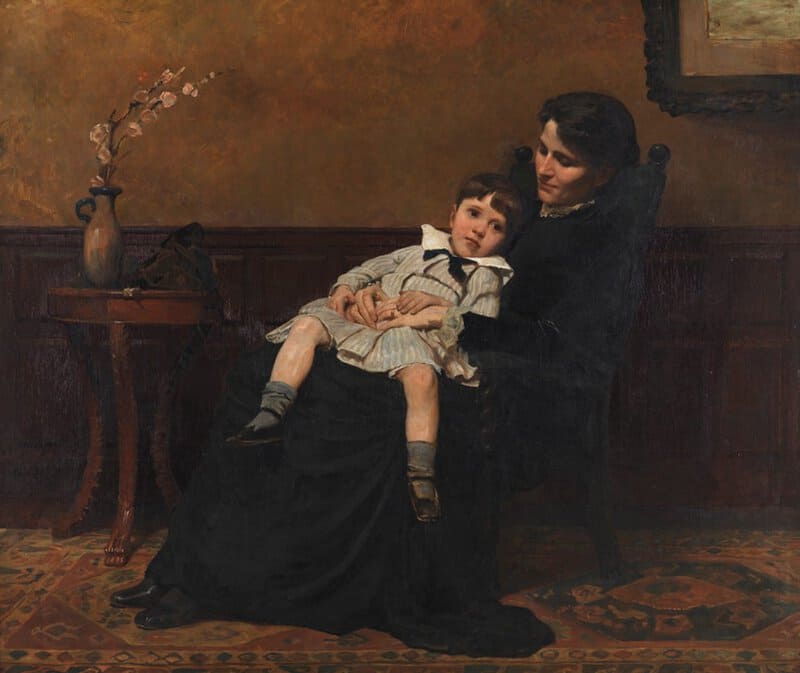The tradition of girls wear dresses and boys wear pants – at least when it comes to babies and toddlers – is, from a historic perspective, a relatively recent development. For centuries, it was common to dress little boys and little girls the same: in dresses. The current clear-cut gender fashion conventions did not take hold until the twentieth century. Below are twenty things about that and other fascinating historic traditions from around the world.

ADVERTISEMENT - CONTINUE READING BELOW
The Tradition of Little Boys in Shorts and Little Girls in Dresses
Boys wear shorts or pants and girls wear dresses is as traditional as it gets… or is it? Most of us grew up with that well-nigh universal fashion convention, but it was not always so. Until about a century ago in the western world, it was hard to tell little boys apart from little girls based on what they wore. All little kids, regardless of gender, were dressed the same – in literal dresses. There were practical reasons for that, mostly having to do with potty training or lack thereof. It was easier to change a young child’s dirty nappies if they had on skirts or other open-ended outfits, than if they had on trousers, which came with complicated fastenings in the days before zippers and Velcro. Another factor was that kids grow fast, and dresses allowed more room for growth before they were completely outgrown than did pants.

ADVERTISEMENT - CONTINUE READING BELOW
Boys did not put on shorts or pants until they were at least around four. The switch from dresses to pants or shorts, which took place in a ceremony known as “breeching”, was eagerly anticipated. Especially by the boys who finally got to put on their first distinctly male outfit. Family and friends were invited to a small celebration in which the boy received gifts that often included a toy sword if the parents could afford it. The breeching ceremony marked a transition in which the boys left the care of their mothers, and came more under the supervision of their fathers or other male guardians. Some mothers dreaded that switch, and kept their boys in dresses, skirts, and petticoats, until they were around eight. It was not until after the end of WWI that the current convention of dressing little according to gender finally took hold.

